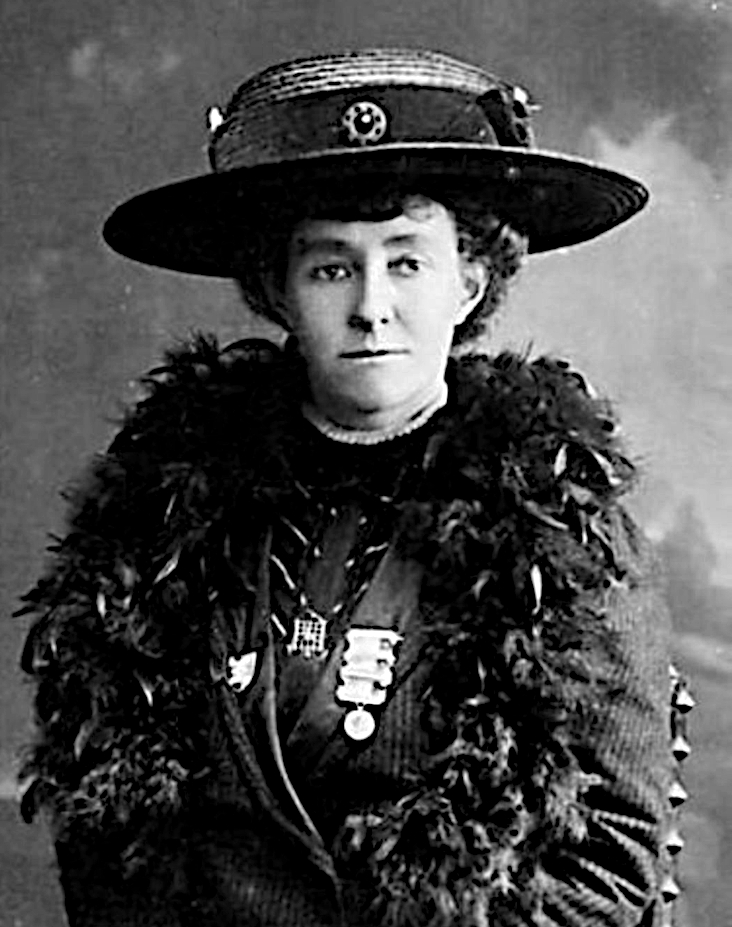Facts about Emily Davison
Emily Davison Biography
Emily Wilding Davison was an English activist who died while pursuing the right to vote.
On June 4, 1913, with newsreel cameras running, Davison stepped in front of King George V’s horse right in the middle of the Epsom Derby and was trampled. She died four days later.
From a middle class family, Emily Wilding began Royal Holloway College for Women in 1892, but her father’s death the next year put the family in financial straits and she left school to go to work.
During her years as a governess and teacher — and after an unsuccessful marriage — Davison continued her education, eventually finishing Oxford (1895) and going on to earn two degrees from the University of London in 1906 and 1908.
It was in 1906 that Davison joined the Women’s Social and Political Union (WSPU), a radical faction of the movement to get women the right to vote.
The WSPU “suffragettes” used violent protest in place of legal and political procedure, and Davison herself was arrested nine times for crimes that included smashing windows and firebombing mailboxes.
Like other women in the cause, Davison went on hunger strikes while behind bars, leading to punishment by torture and force feeding with a tube down the throat (often through the nose).
In one prison protest, Davison through herself down the stairs and suffered spinal injuries.
At the age of forty and considered a danger to Parliament, Davison suddenly entered the track at Epson Downs and was run down in seconds. Newsreel footage of the event was shown that night in theaters.
Her intention has never been clear. Was it a suicide? Was she trying to get a message to the king, or was she trying to attach a WSPU banner to his horse? Did Davison even know it was the horse of King George V? The ruling at the time was that it was only coincidentally the king’s horse, but many believe she intentionally went for that specific horse.
Emily Davison became a martyr for the movement and her funeral was attended by thousands. Women finally got the right to vote in the U.K. in 1918 (if they were over 30).
Recent scholarship seems to conclude that Davison intended to make a public protest of some kind, and that she did not intend to get killed by a horse.
Extra credit
The king’s horse was named Anmer, and the jockey was Herbert Jones. Both had minor injuries after the collision.
Related Biographies
Something in Common with Emily Davison
- Libra Activists (12)

